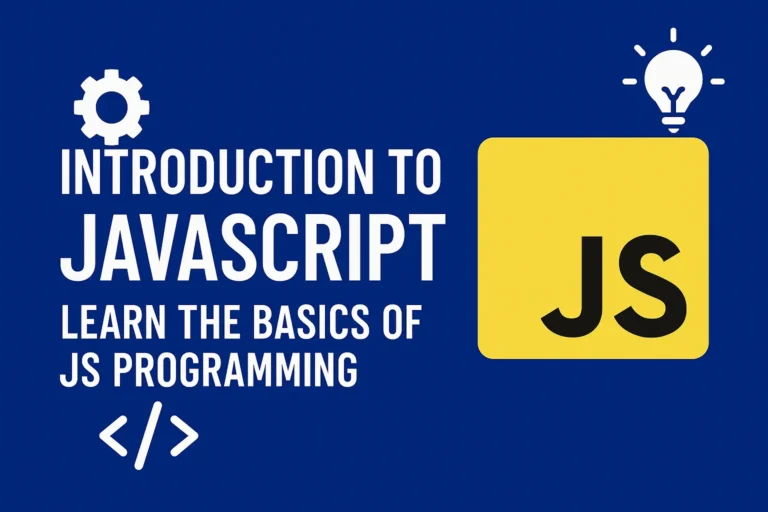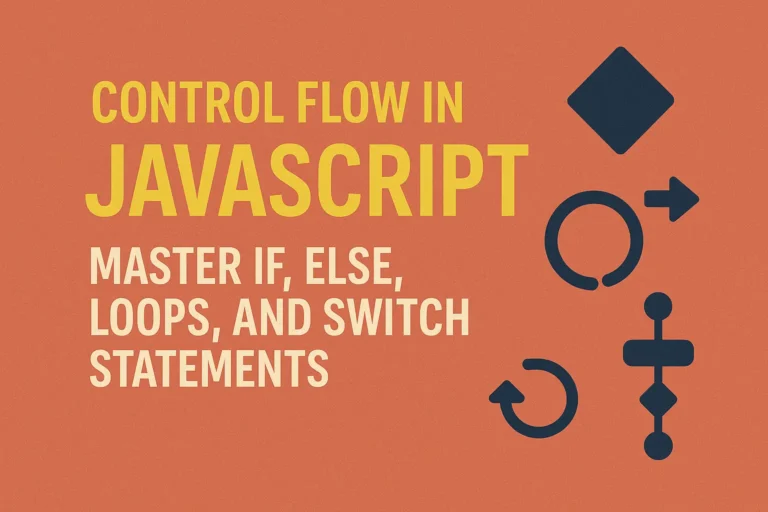In this guide, we’ll delve into creating arrays, accessing their elements, and leveraging essential array methods like push, pop, shift, and unshift.
Creating Arrays
Creating arrays in JavaScript is straightforward. You can initialize an array using square brackets [] and populate it with elements separated by commas. Here’s a simple example:
// Creating an array of numbers
let numbers = [1, 2, 3, 4, 5];
// Creating an array of strings
let fruits = ['apple', 'banana', 'orange'];
// Creating an array of mixed data types
let mixedArray = [1, 'apple', true, null];
Arrays in JavaScript can hold any type of data, including numbers, strings, booleans, objects, and even other arrays.
Accessing Arrays
Accessing elements within an array is done using square bracket notation []. Array indexing starts at 0, meaning the first element is at index 0, the second at index 1, and so forth. Let’s see how to access array elements:
let fruits = ['apple', 'banana', 'orange'];
console.log(fruits[0]); // Output: 'apple'
console.log(fruits[1]); // Output: 'banana'
console.log(fruits[2]); // Output: 'orange'
If you try to access an index that doesn’t exist, JavaScript returns undefined.
Array Methods
JavaScript provides a rich set of built-in methods for manipulating arrays. Let’s explore some of the most commonly used ones:
push()
The push() method adds one or more elements to the end of an array and returns the new length of the array.
let fruits = ['apple', 'banana', 'orange'];
fruits.push('grape');
console.log(fruits); // Output: ['apple', 'banana', 'orange', 'grape']
pop()
The pop() method removes the last element from an array and returns that element.
let fruits = ['apple', 'banana', 'orange'];
let lastFruit = fruits.pop();
console.log(lastFruit); // Output: 'orange'
console.log(fruits); // Output: ['apple', 'banana']
shift()
The shift() method removes the first element from an array and returns that element. It also updates the indices of remaining elements.
let fruits = ['apple', 'banana', 'orange'];
let firstFruit = fruits.shift();
console.log(firstFruit); // Output: 'apple'
console.log(fruits); // Output: ['banana', 'orange']
unshift()
The unshift() method adds one or more elements to the beginning of an array and returns the new length of the array.
let fruits = ['banana', 'orange'];
fruits.unshift('apple');
console.log(fruits); // Output: ['apple', 'banana', 'orange']
These are just a few examples of array methods available in JavaScript. There are many more, such as splice(), slice(), concat(), forEach(), map(), filter(), and reduce(), each serving different purposes and making array manipulation efficient and convenient.
Conclusion
Arrays are indispensable in JavaScript programming, offering a flexible and powerful way to work with collections of data. By mastering array creation, access, and manipulation using built-in methods, you can write cleaner and more efficient code. Experiment with different array methods and incorporate them into your projects to unleash the full potential of JavaScript arrays. Happy coding!






